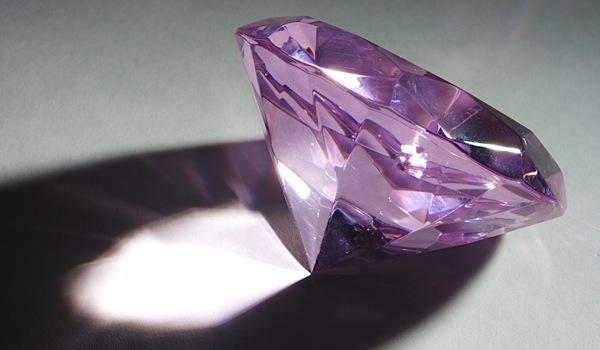
Rio’s diamonds are sold rough, except for its rare pink ones, which are cut, polished and traded as loose gems.
The world’s second-largest miner, Rio Tinto (LON:RIO) announced this week its first rough diamonds tender for 2014, which consists of 124 lots of the special gems including a range of rare natural pink precious rocks from its Argyle mine in Western Australia.
The show, to be held in Israel and Antwerp from Sunday until March 28, showcases rough diamonds not only from Argyle, but also from Rio’s Canadian Diavik mine and its Murowa operation in Zimbabwe.
According to Patrick Coppens, general manager of sales for Rio Tinto Diamonds, the global demand for precious stones continues to be strong.
His views are backed by a few recent reports, such as the one published by Bain & Company and the Antwerp World Diamond Centre (AWDC). These experts predict that rough diamond production will grow at an average annual rate of 4.8% from now until 2018, reaching a peak level of 169 million carats and a production value of $19.6 billion.
By 2019, however, the report authors expect average rough diamond production to begging dropping 1.9% a year, levelling off at 153 million carats in 2023, with a production value of $18.4 billion.
Argyle, one of the world’s largest sources of diamonds, produces gems in a range of colours, including white and champagne, but is renowned as the only consistent source of rare pink stones. In fact, Argyle’s output accounts for over 90% of the world’s supply of these pink precious rocks.
Rio’s diamonds are sold rough, except for the rare pink ones, which are cut, polished and traded as loose gems.
The combination of white and fancy coloured rough diamonds for the first tender of 2014 includes a 70-carat white diamond from Diavik, several fancy and intense yellow diamonds, large dark brown diamonds from the Argyle and purple diamonds from the Diavik mine.
Image by Alexandr Makarov/Shutterstock.com